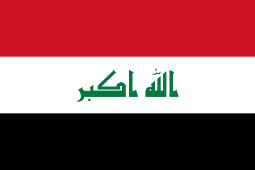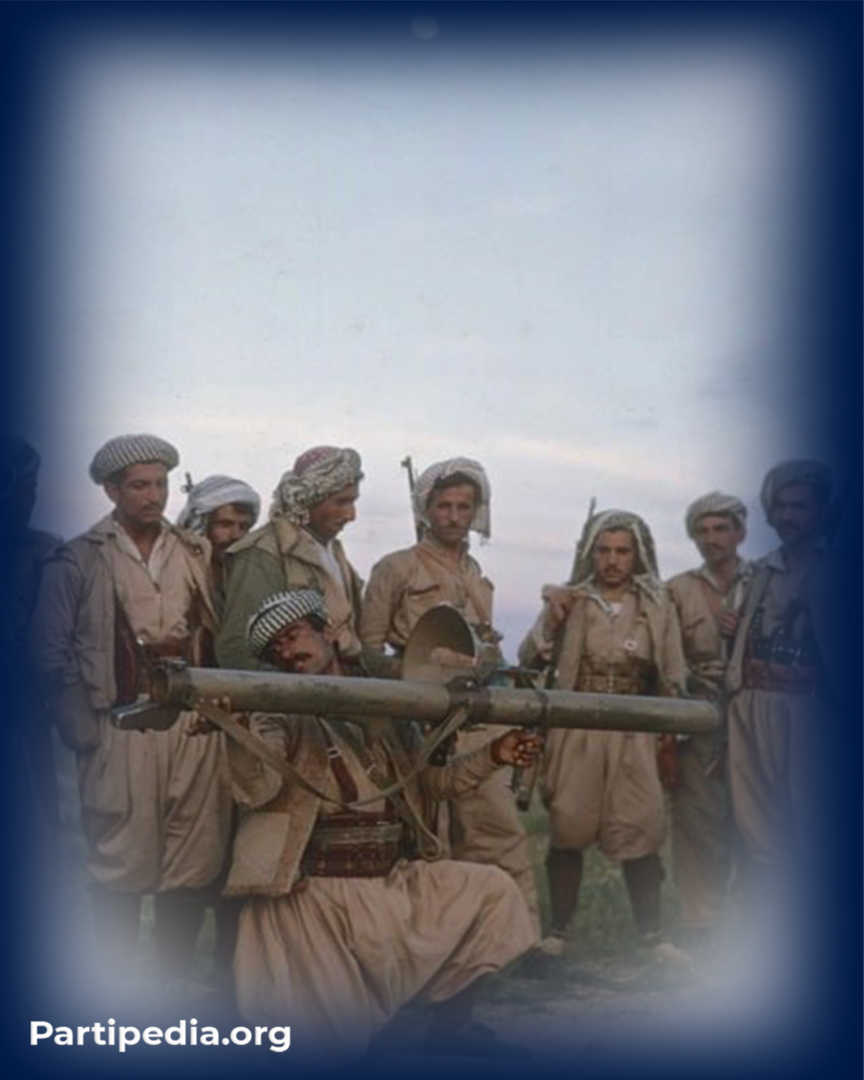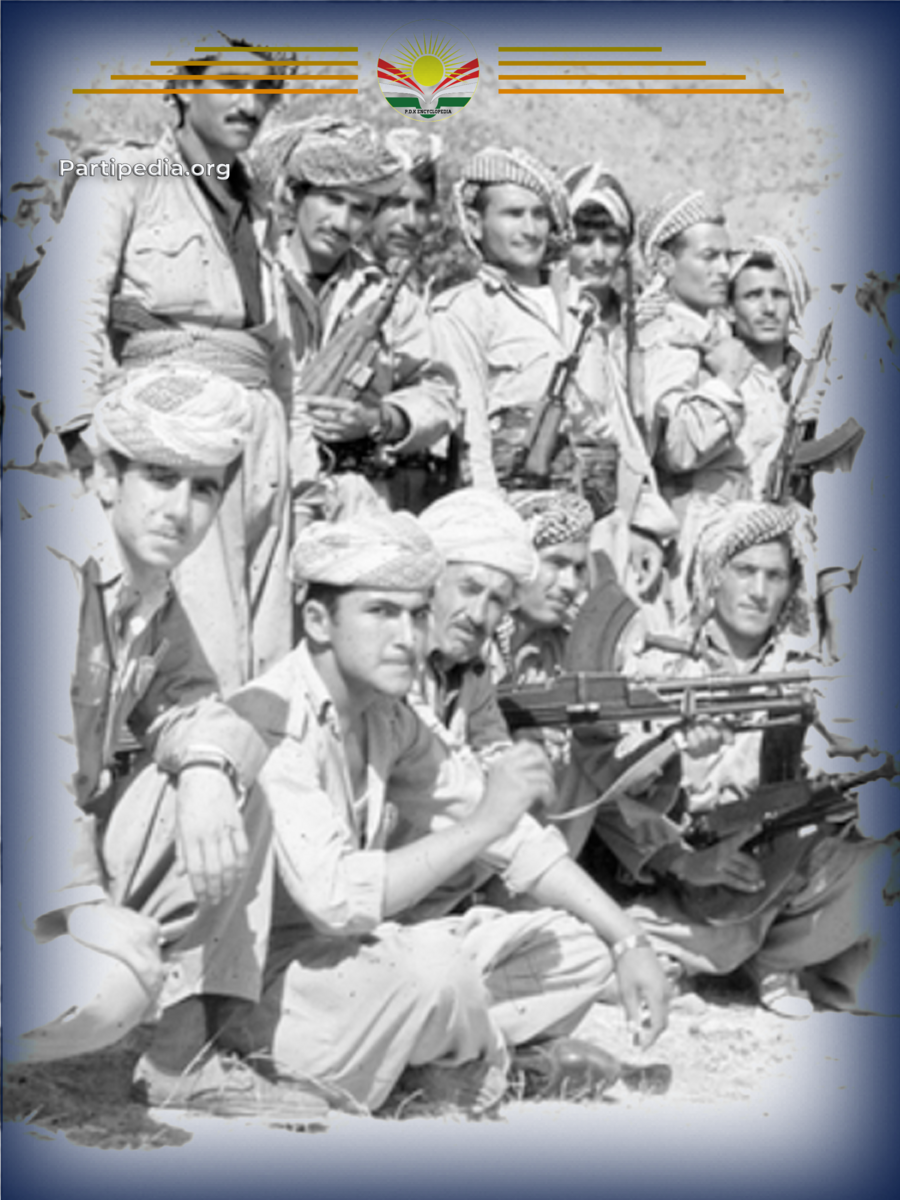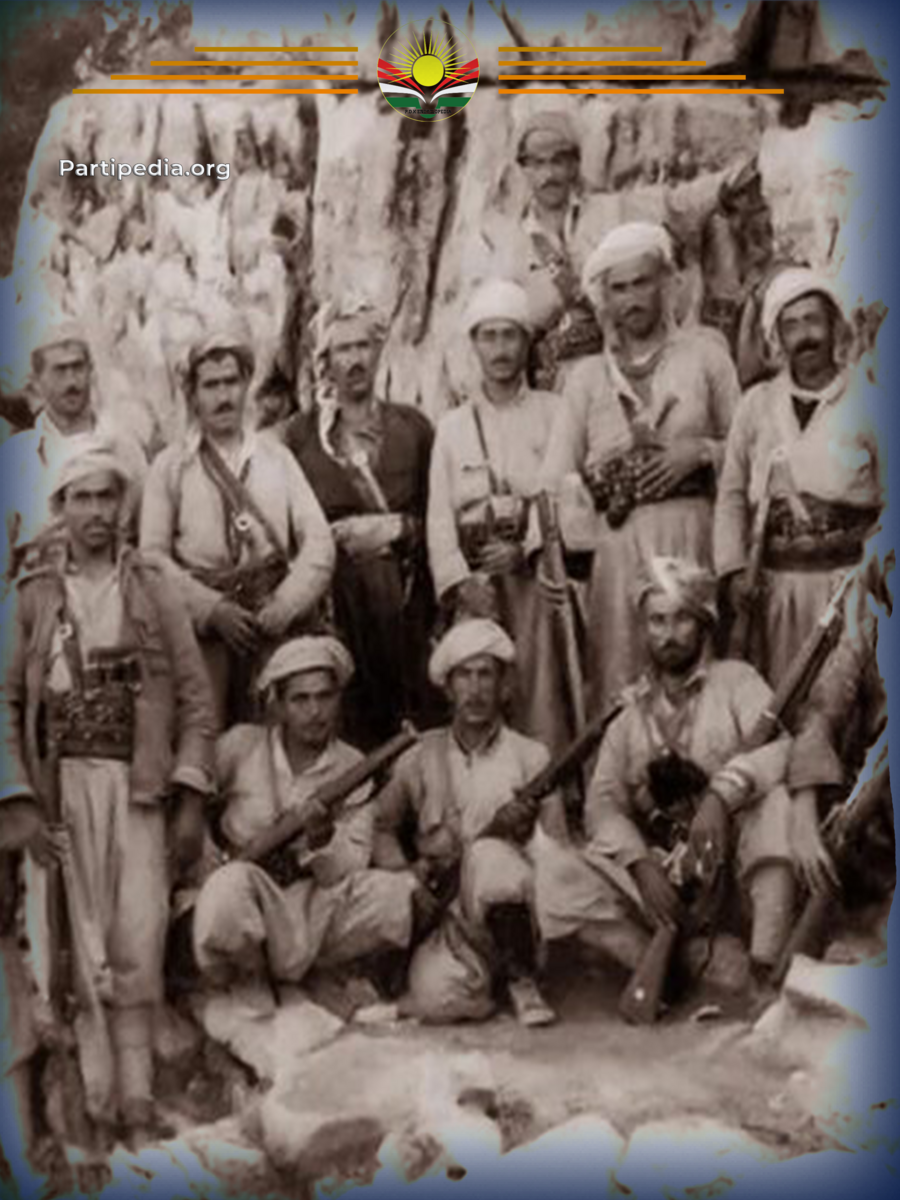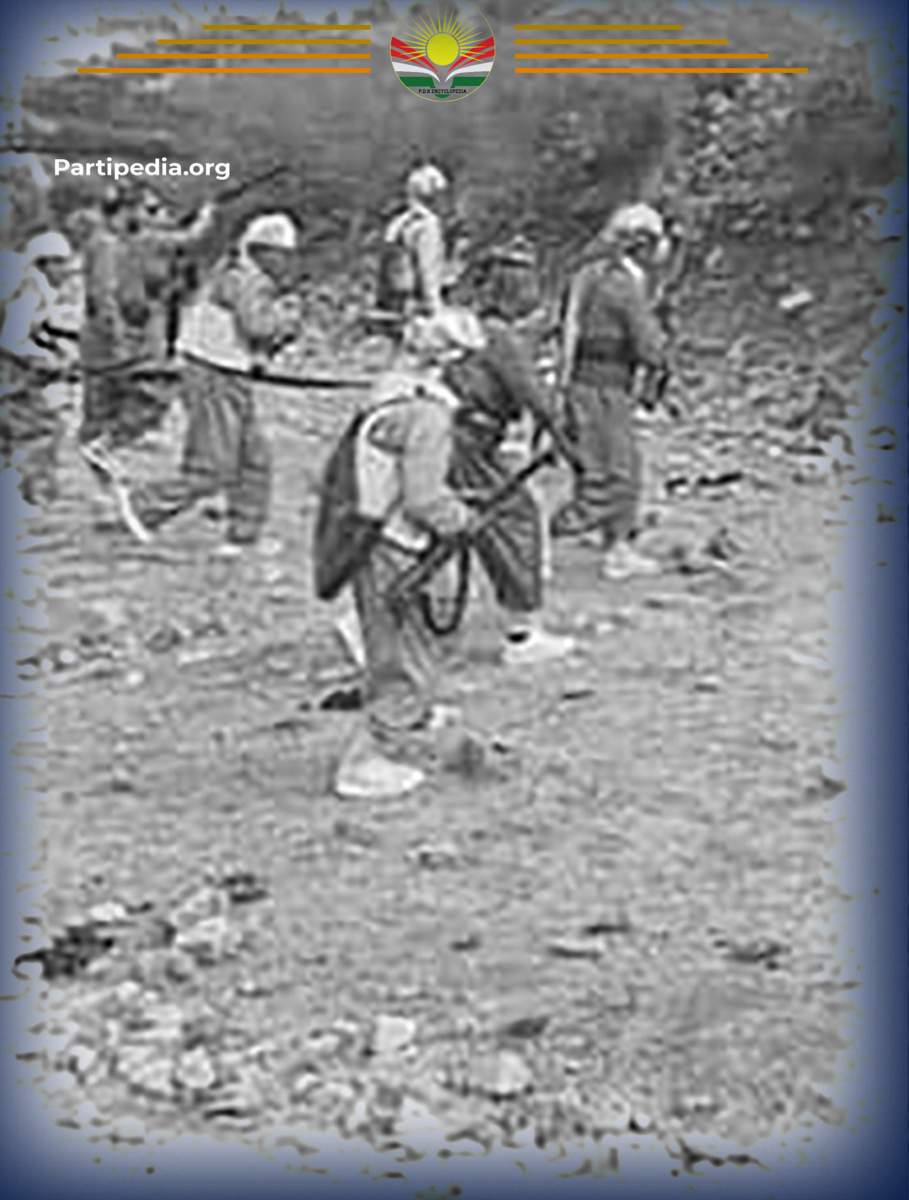The Sharazoor Narrative represented another collaboration effort between the Peshmerga and the forces of the Jude Front, encompassing Sayed Sadiq, Halabja, Zarayn, and Dabandikhan, lasting for duration of three days. The Jude Front was established on November 28, 1980, uniting Kurdish parties such as the Kurdistan Democratic Party, the Kurdistan Socialist Party, the Iraqi Communist Party, the Kurdistan People's Democratic Party, and the Kurdish Socialist Party (PASOK). Its official name was the National Democratic Front, aimed at consolidating Kurdish parties to collectively confront the Ba'ath regime. The origins of the Sharazoo narrative trace back to the Peshmerga forces deployed from Shirmara village to conduct patrols and disrupt Baath Party military institutions in Gelek, Qazi Hill, and Tapazerina villages. They temporarily stationed in the villages of Tapasarqula, Kshayari, Qajar, Sharif Hill, and Dolash within the Sharazoor region. On that same day, a substantial army and jash force, supported by tanks, artillery, and aircraft, launched an attack on the Peshmerga forces in the Tapas villages, Pasarqula, Kshieri, and Zalm River. Under the leadership of Mohammed Haji Mahmoud, Nader Hawrami, and Azad Karadaghi, who held positions of authority within the Jude Front in the area, the Peshmerga forces engaged in combat from 10 am to 4 pm. The battle resulted in the deaths of numerous Ba'athist soldiers and fighters, while four Peshmerga forces named Mohammed Quta, Barzan Saleh, Mohammed Sarawi, and Sirwan Saadoun Kirkuk, along with a civilian named Gharib from Tapasarqula village, were martyred. Following the cessation of hostilities, the government forces returned to the Shahid Sadiq barracks.
Source:
-
مهسعود بارزانی: بارزانی و بزوتنهوهی ڕزگاریخوازی كورد، بهرگی چوارهم، ١٩٧٥-١٩٩٠ شۆرشی گوڵان، بهشی دووهم، چاپی یهكهم، چاپخانهی ڕوكسانا، ٢٠٢١.
-
نوری حهمه عهلی: مێژووی تێكۆشانی پێشمهرگهیهك له نێوان ژیان و مهرگدا، چاپخانهی شههاب، چاپی دووهم، ههولێر – ٢٠١٦.
-
سهید كاكه: بیروهری پێشمهرگهیهك، چاپخانهی وهزارهتی ڕۆشنبیری، چاپی یهكهم، ١٩٩٧.
-
جهمال فهتحوڵله تهیب: بزوتنهوهی ڕزگاریخوازی كورد له باشوری كوردستان ١٩٧٦-١٩٨٠، چاپی یهكهم، چاپخانهی شههاب، ههولێر-٢٠١٢.

